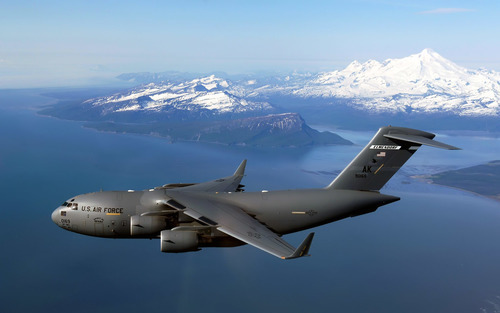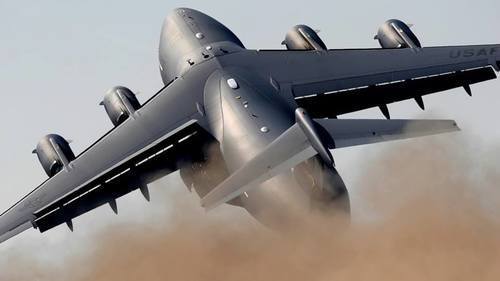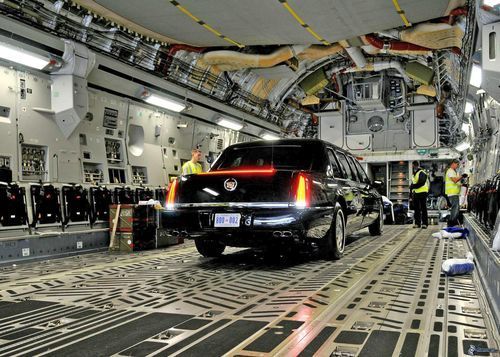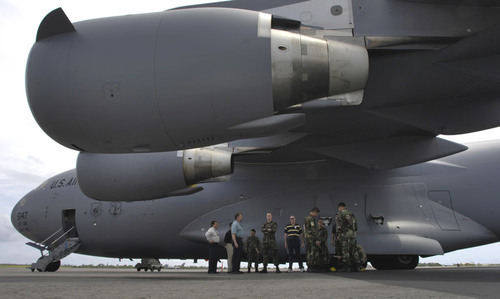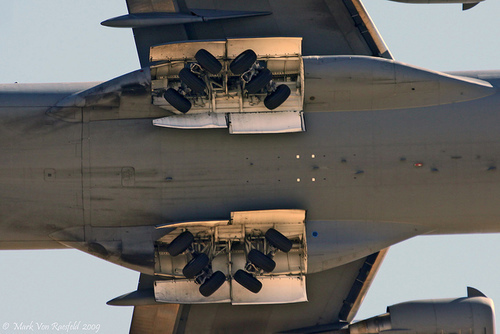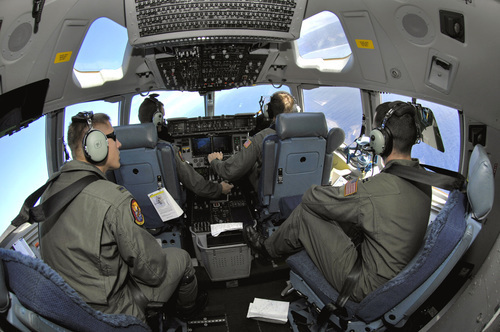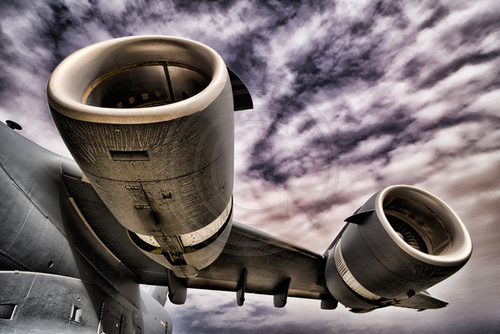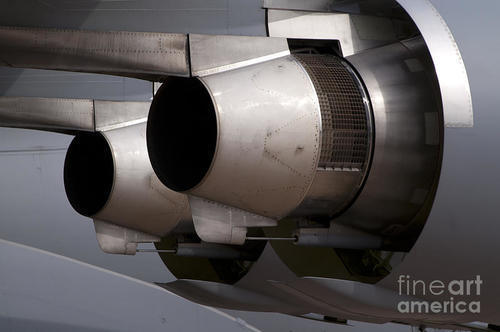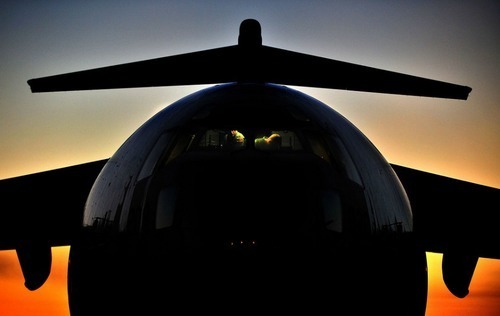Keith Thomson's Blog, page 14
March 19, 2014
Airplane Vortex Awesomeness
Vortices are patterns of rotating air left behind by wings as they generate lift. If you're interested in the physics, click here. If you're interested in pix, you're in the right place.
Below, NASA added colored smoke to the plume to measure the effect of vortices on the air behind landing aircraft. Result: Vortices are awesome.

Okay, no more text. Just a couple more pix, then a gif…


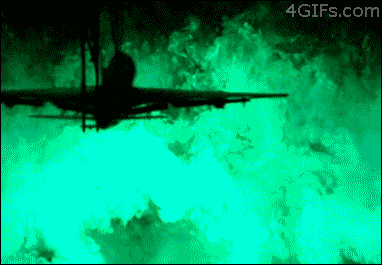
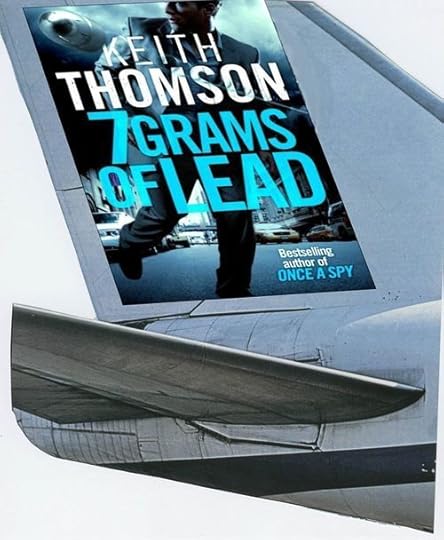
Test fly 7 Grams of Lead: Scribd has an excerpt including the first three chapters. Click here.
March 10, 2014
Great Aerial Badasses: Godefroy Tries to Thread the Arc de Triomphe

As part of the World War I victory celebration on the Champs Élysées, Jean Navarre, the ace among French fighter pilots with twelve air victories, was chosen to fly through the Arc de Triomphe. He was killed in the practice flight. A young flying instructor from Aubervilliers, Charles Godefroy, volunteered to take over.
At 7:20 on the morning of 7 August 1919, dressed in his warrant officer uniform, Godefroy took off from the airfield of Villacoublay in a biplane “Nieuport 11 Bébé."
And here's what happened…
While you're here, give 7 Grams of Lead a test flight.
March 6, 2014
Fun with Afterburners
An afterburner is device incorporated into the tailpipe of a turbojet engine that injects fuel into the hot exhaust gases, burning it in order to provide extra thrust. The result is cool to look at.
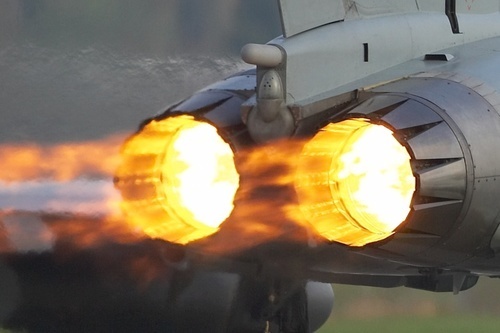

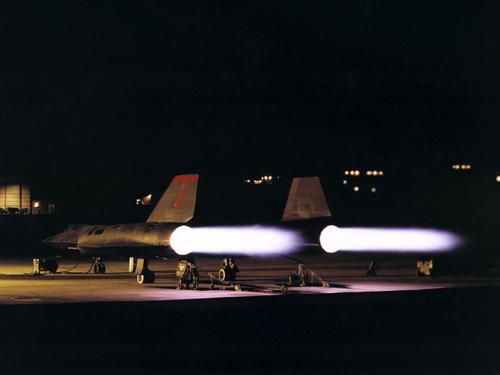
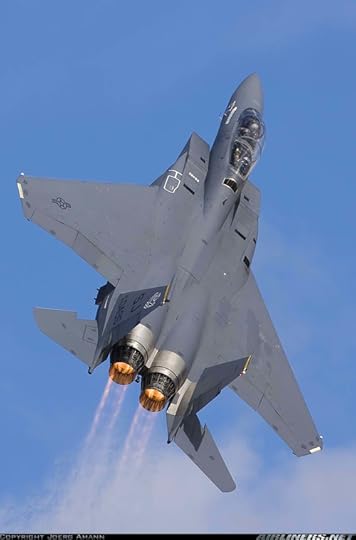
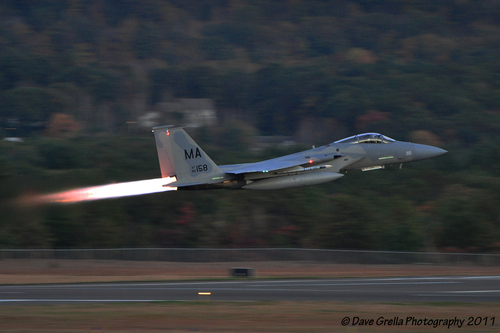
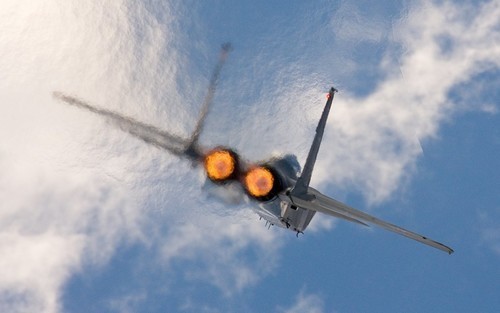

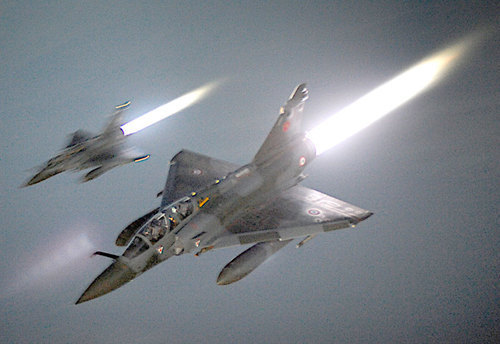
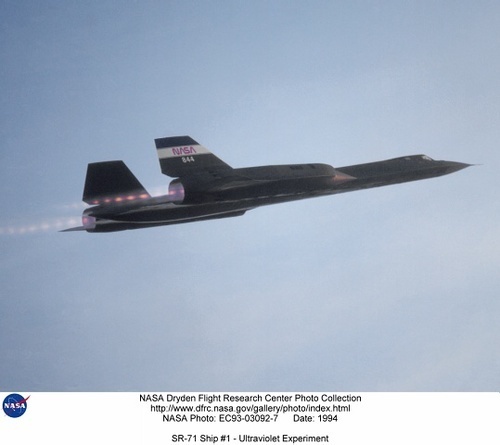
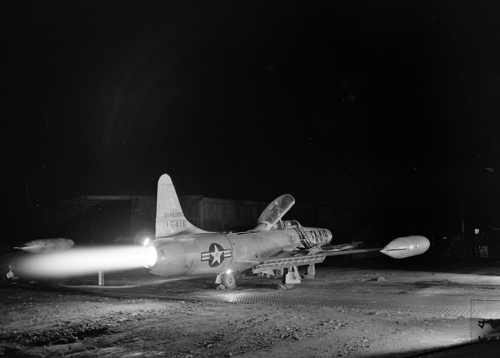

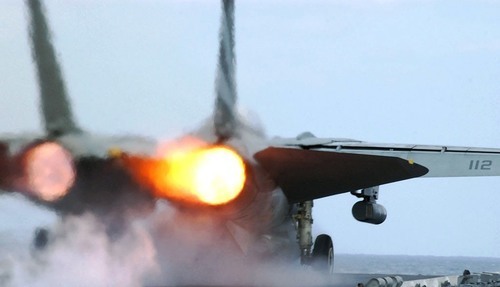

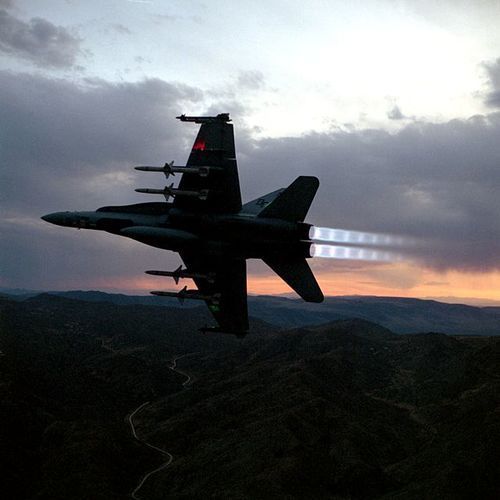

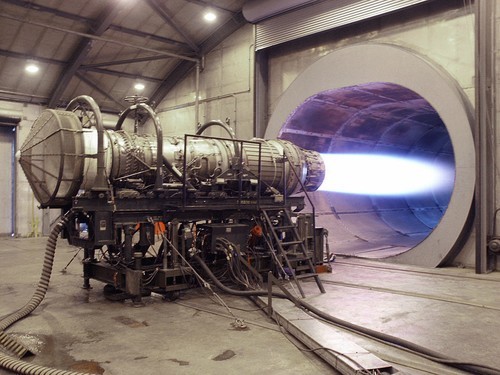
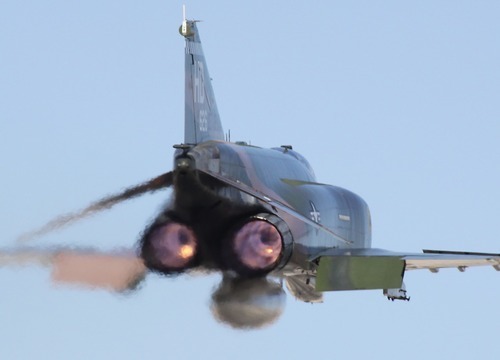


If you liked that action, check out the new thriller 7 Grams of Lead.
March 3, 2014
Can You Solve the Foo Fighter Mystery?

Foo fighters
In 1944, American pilots flying over Germany reported seeing fast-moving Christmas-tree like objects. The objects often followed their planes, sometimes toyed with them, but never displayed hostile behavior. Still pilots shot at them, without result. Sometimes the objects vanished.
The phenomenon was so widespread that the lights earned a name, "foo-fighters," a reference to a then-popular comic strip. The military suspected that the foo fighters were a secret German weapon, until intel determined that German and Japanese pilots were seeing the same things, suspecting them of being new American aircraft.
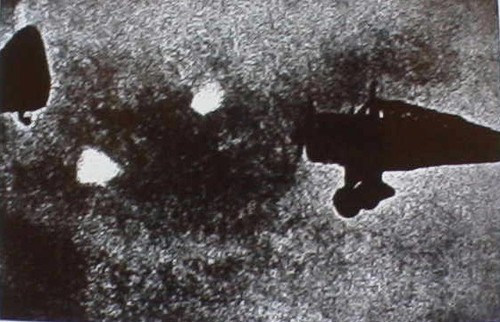
More foo fighters
After the war, the Robertson Panel's investigation yielded theoretical explanations including an electrostatic phenomenon like St. Elmo's Fire, reflections of light from ice crystals, or that it was in the pilots' heads. Not a man who'd seen the foo fighters was satisfied, nor was the military. The foo fighters remain a mystery to this day.
If you can get to the bottom of this, or even if you have a good guess, use the form below to send it in. Best response earns a copy of 7 Grams of Lead.
Name *
Name
First Name
Last Name
Email Address *
Foo fighter explanation *
Thank you!
March 1, 2014
Captured Alien Spacecraft?
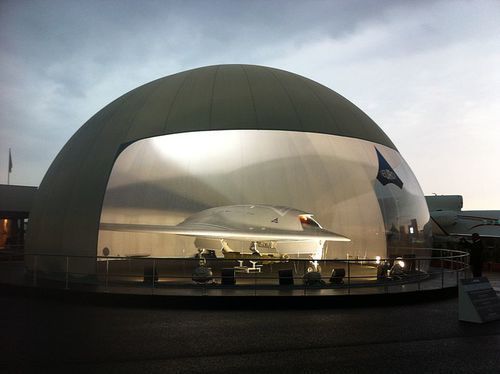
The craft displayed at the 2013 Paris Air Show is the nEUROn, an autonomous stealth fighter aircraft planned for 2020 by the French company Dassault Aviation in cooperation with Sweden's Saab AB, Greece's EAB, Switzerland's RUAG Aerospace, Spain's EADS CASA and Italy's Alenia.
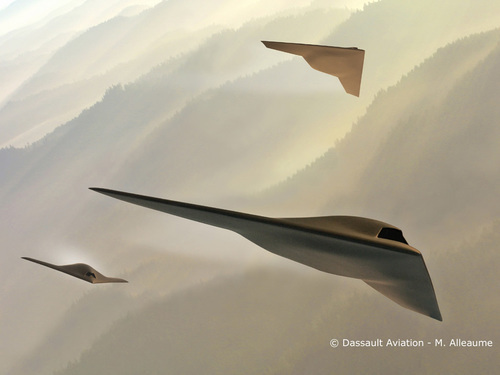
Here are the nEUROn's baseball card stats: Length: 31 feet; wingspan: 41; top speed: 609 mph, armament: two 500-LB laser-guided bombs; service ceiling: 45,900 ft; unit cost €25 million. For more information, see the Dassault site. In the meantime, here's a video:
Check out 7 GRAMS OF LEAD
February 27, 2014
The Mystery of the Pickup-Truck-Launched Missiles
Perhaps like you, you have been what's up with all the photos on Chinese military web forums of guys firing rockets from the back of their trucks. These, for example...

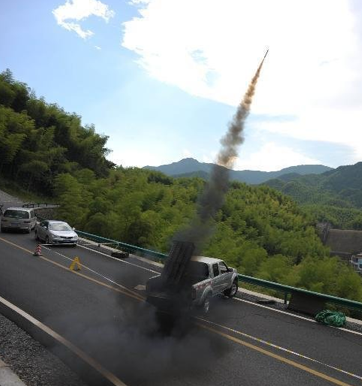



Well, Google solved this one in about 15 seconds. If, as is often the case, Wikipedia can be believed, we're looking at the increasingly common Chinese practice cloud-seeding—increasing the amount of rain over arid regions by firing silver iodide rockets into the sky where rain is desired. "There is even political strife caused by neighboring regions that accuse each other of 'stealing rain' using cloud seeding," reports Wikipedia.
Good enough for me, especially since we got to see some decent rocket pix.
Case closed.
February 22, 2014
How to put an Eavesdropping Device in Someone’s Head
Chapter 1 of 7 Grams of Lead presents a textbook case…
Midazolam, a short-acting sedative, is usually administered orally or by hypodermic needle. Canning liked to use a remote-controlled robotic housefly.
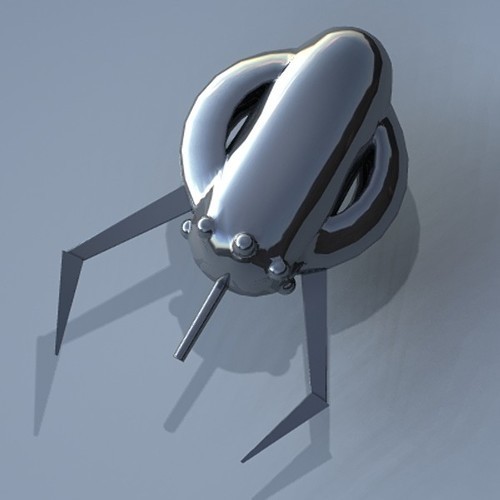
On this mild August night, hiding behind the hedges between Lake Michigan and the Sokolovs’ heavily guarded house, his iPhone served as a remote control, sending the robofly darting through a partially open window and into a second floor bedroom. Canning had learned that when Leonid Sokolov was home alone, he favored the breeze off the lake to air conditioning. All this week, Sokolov’s wife Bella and their daughters were vacationing at the Blue Harbor Resort, fifty miles up the coast.
An infrared camera within one of the fly’s bulbous eyes relayed real-time video to Canning’s iPhone. Sokolov lay beneath a comforter, eyes shut, mouth agape, his crown of white hair unmoving against a pillow. The fly would deliver enough midazolam to ensure that he would remain asleep for ten minutes. In half that time Canning would climb to the second story and implant a subminiature device beneath the scientist’s scalp.
Canning guided the robofly to a hover over Sokolov’s upper lip. With a tap on the phone, the fly’s abdominal cavity opened and released a midazolam mist, the bulk of which Sokolov inhaled without disruption of his sleep. Canning preferred midazolam to more conventional sedatives because its subjects awoke without any memory of their procedures. He knew the drug occasionally caused abnormally slow respiration, but the risk was remote.
Yet that’s exactly what appeared to be happening now.
The iPhone showed Sokolov’s rate plummeting from a normal twelve breaths per minute to just four. Then he ceased breathing altogether.
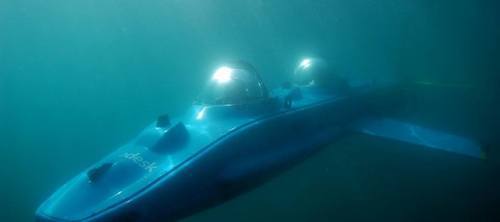
Forget implanting the eavesdropping device, Canning thought. Death was certain unless he resuscitated the Russian immediately and then turned him over to paramedics. But the American had gone to extreme lengths to avoid detection, from coming here in a stealth one-man submarine to dressing hood to boots in black neoprene whose surface was electronically cooled to prevent thermal sensors from registering his presence. Saving Sokolov was out of the question. The operational objective was now getting away with killing him.
Canning had learned long ago not just that anything that can go on an op wrong will, but that anything that cannot go wrong will too. It was now second nature for him to plan contingency upon contingency. From the pouch hanging from his belt, he produced a coil of lightweight climbing rope tipped by a miniature titanium grapnel with retractable flukes. He tossed the grapnel onto the roof as a wave crashed into the shore, obscuring the patter of the four flukes against slate tiles. A tug at the rope and three of the flukes grabbed hold of the far side of a brick chimney. After making sure that the rope would bear his weight, Canning began climbing, his split-toed boots gripping the knots tied every sixteen inches.

Seconds later, he pushed the window open and hoisted himself into the bedroom. He unholstered a Makarov Pistolet Besshumnyy—silent pistol—and its companion suppressor, then snapped the two together. The pistol was loaded with nine-millimeter bullets he’d cast by hand from soft lead. From the foot of the bed, he fired once into Sokolov’s forehead, the muted report no louder than the wind. Canning watched the Russian’s central nervous system fail. No drama, just a quick fade. Dead within seconds.
Canning hoped the lead bullet would turn the homicide investigation into a wild goose chase. Toward the same end, on his way out, he drew a small envelope from his pouch and littered the floor with its contents, hairs and bits of skin belonging to other men, including two convicted felons. Over his neoprene gloves, he pulled on a latex pair whose fingertips would replicate a third felon’s prints. He touched the footboard and nightstand, then climbed out the window, slid down the rope, and dislodged the grapnel.
Before returning to his sub, he planted a biodegradable battery-powered directional pin microphone in the grass.
Thus, the following morning, in a motel room two hundred miles north, he overheard one of Sokolov’s people knock on the bedroom door. No response, of course.

An FBI crime scene team arrived soon after, quickly concluding that an assassin had sprayed a sedative to subdue the burly scientist prior to shooting him.
Couldn’t have been scripted any better, Canning thought.
Click here to read more of 7 Grams of Lead.
February 13, 2014
Rewriting the Future
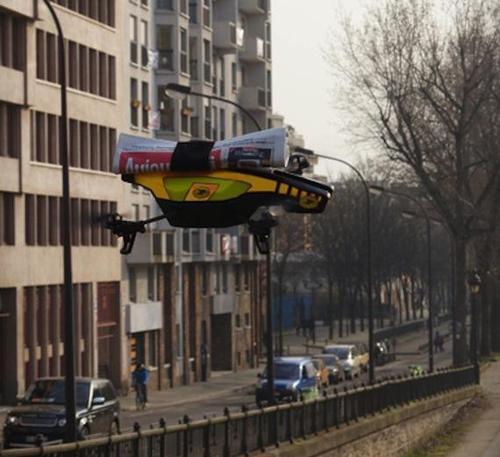
Truth isn’t just stranger than fiction — it’s faster. In an espionage novel I wrote in 2007, I created what was then a futuristic million-volt stun gun disguised as an iPhone. Today, you can buy an even more potent stun gun online, albeit tricked out as a BlackBerry. A covert operations officer in the same novel deployed a miniature unmanned aerial vehicle (a k a drone) that in real life could be seen only on drawing boards, at least in declassified circles. In 2009, a German company offered a similar drone to anyone with $40,000. Earlier this year, I bought a new French model for $300 at a mall.
For my subsequent spy book, hoping to incorporate gadgetry that stayed futuristic past pub date, I interviewed an array of intelligence agency personnel — ranging from a temp at the N.S.A. to a director of the C.I.A. — and I visited several military installations, including Nevada’s Creech Air Force Base, which is to drones what Silicon Valley is to the device with which you’re reading this. The consensus was that technology’s advance is so head-spinning that the only way to predict its future is to devise a way to predict the future. Which happens to be exactly where technology is heading.

Espionage has always centered on ascertaining the other side’s plans. C.I.A. drones now drop undetectable “smart dust” particles that adhere to a human target, enabling intelligence officers halfway around the world to track him. Given ultraminiaturization trends, it’s just a matter of time before the dust particles also provide audio and video. Not long after that, possibly, the dust will monitor electrical impulses from the target’s brain too, converting them into a transcript of his thoughts. Or maybe an intelligence service will invent a way of collecting the same intel via an invisible beam fired from a satellite (that’s the size of a grape).
Alternatively, an advance in bioelectromechanics combining human DNA and technology could effectively broadcast the target’s thoughts 24/7/365 — and influence his thinking to boot. And eventually, perhaps, software that forecasts world events will reach the point that it acts as a digital crystal ball, rendering spy versus spy passé and leaving me to write hard drive versus hard drive.

Keith Thomson is the New York Times bestselling author of Once a Spy. His newest technothriller, 7 Grams of Lead, will be published in February 2014.
This article originally appeared in The New York Times.
February 11, 2014
Blackswift
This post isn't so much about Blackstealth. This AviationWeek article will give all you need to know about the DARPA/US Air Force hypersonic (Mach 6+) spaceplane project. This post is mostly about gawking at the pictures.

No, that's not Black Swift above. In 1986, Ronald Reagan announced plans for a "a new Orient Express that could take off from Dulles Airport and accelerate up to twenty-five times the speed of sound, attaining low earth orbit or flying to Tokyo within two hours." Known as FALCON (Force Application and Launch from CONtinental United States), the program got underway in 2003. Lockheed Martin's Skunk Works won the resulting competition with its plans for HTV-3X, or Blackswift (below).
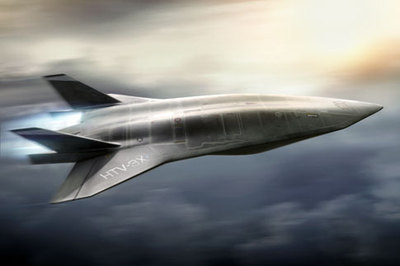

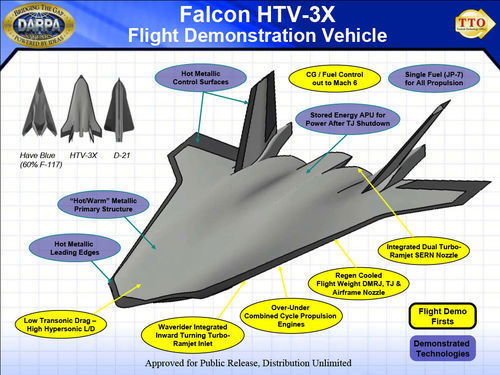
Here's a 30-second (simulation) video demonstration that includes cool action music.
In 2009, following a checkered but instructive flight testing career, Blackswift was canceled for fiscal reasons—or so DARPA says. Blackswift's place has been taken by the Hypersonic Technology Vehicle 2 (HTV-2, below), an unmanned rocket glider capable of 13,000 miles per hour. It flew in 2010 and 2011, both times failing and winding up in the Pacific. Tests will continue this summer.
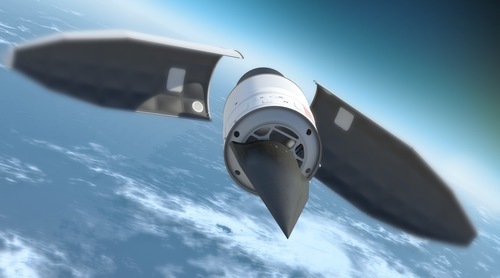
February 5, 2014
Globemaster: A Lot to Love
The Boeing C-17 Globemaster III is a long-distance military transport aircraft developed for the Air Force in the early 1990s. It's 174 feet long, which is about the length of two basketball courts (or 15 feet longer than a 767), with a wingspan of 170 feet. It weighs 282,000 pounds, which is more than the average house, and can carry another 170,000 pounds. Unlike the average house, a Globemaster can fly 515 mph. If you're thinking of getting one, you'll need about $218 million, which includes remote keyless entry.
Without further ado, here are a bunch of pictures:




